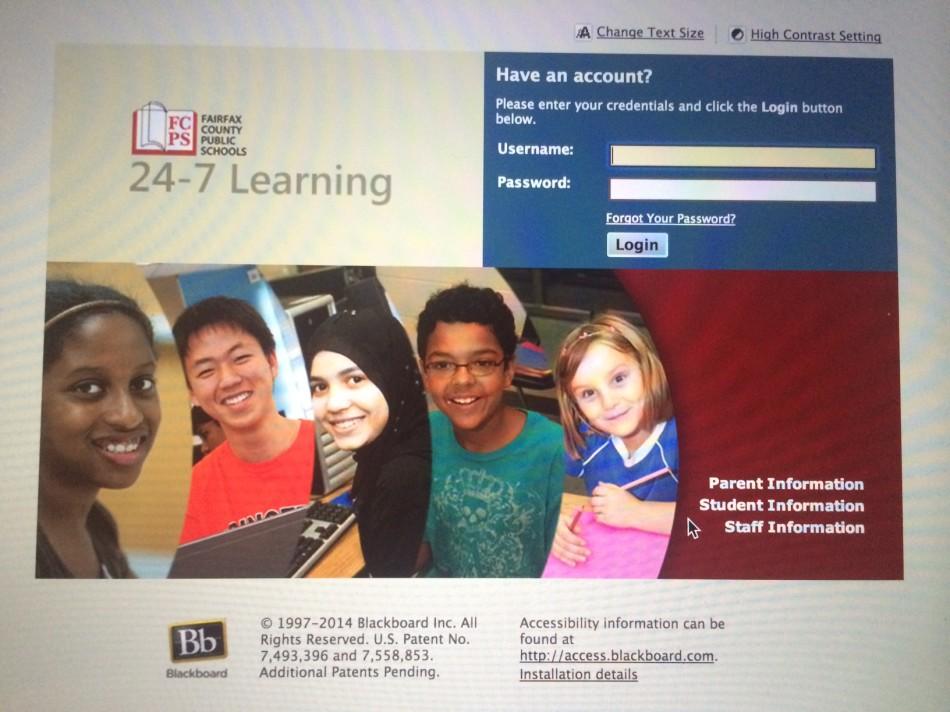Telelearn days are ineffective for students
April 7, 2014
After facing an unusually high number of snow days this year, Fairfax County Public Schools (FCPS) have had to make up several class days. April 7, which was supposed to be a teacher workday, became a school day to replace the snow day from Jan. 22. As per usual, Jefferson turned to its ineffective, go-to solution for such situations – a telelearn day.
While telelearns have been in place since the 2010-2011 school year, they are as problematic as they were back then. Since Jefferson has to abide by the FCPS calendar but is able to make use of such days, the overall decision is a good one. However, the execution of these telelearn days seems to fail everyone.
Telelearn days, almost always scheduled on anchor days, are supposed to be equivalent to 40 minutes of class time for each of the seven classes. While some classes achieve this, they are few and far between.
In addition to regular homework, telelearns bring from nothing new to over two hours of work, depending on the class. Almost always, the work is busy work. And regardless of how long they take to be completed, the assignments rarely measure up to what would actually be happening in school that day.
Instead of assigning problems, worksheets and other somewhat pointless work, teachers should post actual lessons. Obviously the experience for the student is not the same. However, if a teacher can accomplish at least some of what was to be made up instead of assigning work and cramming lessons later, it would be a huge step forward for telelearn days.
Jefferson’s use of telelearn days is completely sensible and justified. It allows teachers to finish end-of-quarter work and students to have a more relaxing “day of school.” However, telelearns must be rethought in order to stop exacerbating the time crunch while making students work for more than their fair share of time.






